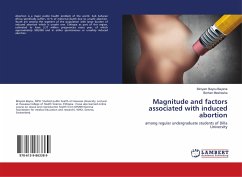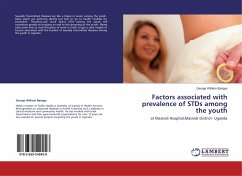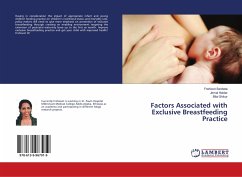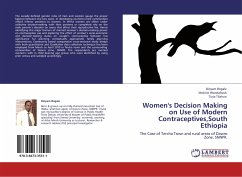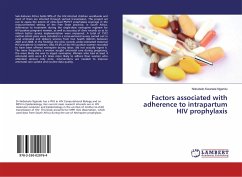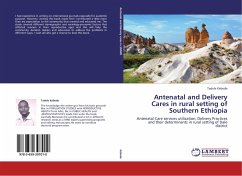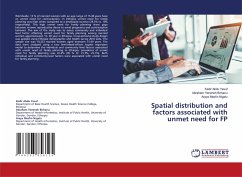
Spatial distribution and factors associated with unmet need for FP
Versandkostenfrei!
Versandfertig in 6-10 Tagen
27,99 €
inkl. MwSt.

PAYBACK Punkte
14 °P sammeln!
Worldwide, 12 % of married women with an age range of 15-49 years have an unmet need for contraception. In Ethiopia unmet need for family planning was high when compared to a developed country (24.5% vs. 10% respectively). This high unmet need for family planning show gaps between women reproductive desire to avoid pregnancy and contraceptive behavior. The aim of the study was to assess community and individual level factor affecting unmet need for family planning among married women aged between 15- 49 year in Ethiopia. Cross-sectional study design was applied using Ethiopia demographic and h...
Worldwide, 12 % of married women with an age range of 15-49 years have an unmet need for contraception. In Ethiopia unmet need for family planning was high when compared to a developed country (24.5% vs. 10% respectively). This high unmet need for family planning show gaps between women reproductive desire to avoid pregnancy and contraceptive behavior. The aim of the study was to assess community and individual level factor affecting unmet need for family planning among married women aged between 15- 49 year in Ethiopia. Cross-sectional study design was applied using Ethiopia demographic and health survey 2016 data. The sample size was 10,223 married women aged between 15-49 years. The data were analyzed using a two level-mixed-effects logistic regression model to determine the individual and community level factors associated with unmet need of family planning. In Ethiopia, prevalence of unmet need for family planning was 22.3% [95 % CI: 21.5%, 23.1%]. Both individual and community-level factors were associated with unmet need for family planning.




